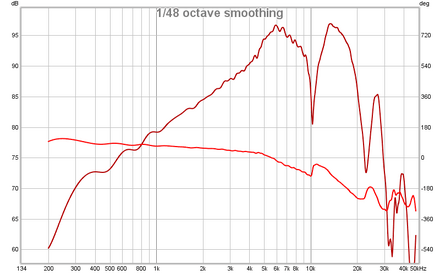I have an impulse response measurement for my microphone and would like to use arithmetic to remove the microphone response from the measurement. The problem is, I can import it as an impulse response but REW treats it as a frequency response, therefore the arithmetic just results in a slanted frequency response. Thoughts?
IR image attached.
IR image attached.















